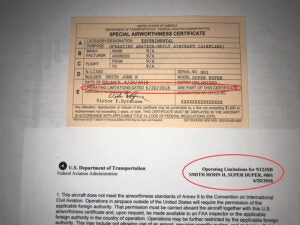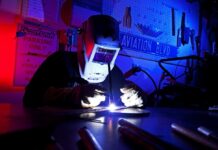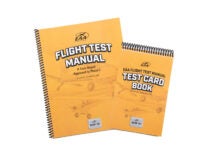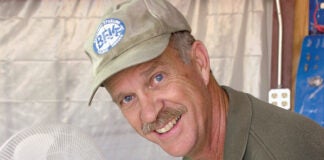
EAA is reporting that it is close to resolving an issue regarding an operating limitation currently assigned to new experimental aircraft that is concerning to many members. Limitation 20, found in Order 8130.2J, requires that parts with manufacturer-recommended service or replacement intervals must be maintained in accordance with those guidelines, or an alternative maintenance plan must be specified in the aircraft’s “approved inspection program.”
Some experimental aircraft owners were concerned that this language meant that in the absence of an FAA-approved inspection plan, manufacturers’ guidance such as time between overhauls and time-in-service limits on parts would be mandatory. In most areas of general aviation, these are strictly advisory.
 In meetings with the FAA at EAA AirVenture Oshkosh 2019, EAA received assurances that this limitation only means that if experimental aircraft owners choose to go beyond the manufacturer’s recommended service or replacement intervals, they must merely have a plan for evaluating the part’s serviceability, such as oil analysis for an engine. This is no different than the practices used by any aircraft maintenance professional when inspecting any aircraft.
In meetings with the FAA at EAA AirVenture Oshkosh 2019, EAA received assurances that this limitation only means that if experimental aircraft owners choose to go beyond the manufacturer’s recommended service or replacement intervals, they must merely have a plan for evaluating the part’s serviceability, such as oil analysis for an engine. This is no different than the practices used by any aircraft maintenance professional when inspecting any aircraft.
The FAA policy staffers also acknowledged that such inspection plans need not be explicitly “approved” by FAA, and they agreed to remove that word from the limitation in a forthcoming update to the order. Some special-case aircraft such as jet warbirds and turbine helicopters do require FAA-approved inspection programs, but there are other limitations specifically for those aircraft that address such requirements.
“This is yet another example of us leveraging the strong working relationship between EAA and FAA to solve a problem,” said Tom Charpentier, EAA government relations director. “We knew exactly who to call to clarify this issue, and after the responsible policy office had some time to research the issue, we were able to hammer out a solution within about 20 minutes one morning during AirVenture around the conference table.”
Members who have questions about their experimental aircraft’s operating limitations are always encouraged to contact EAA or their local designated airworthiness representative or flight standards district office.













